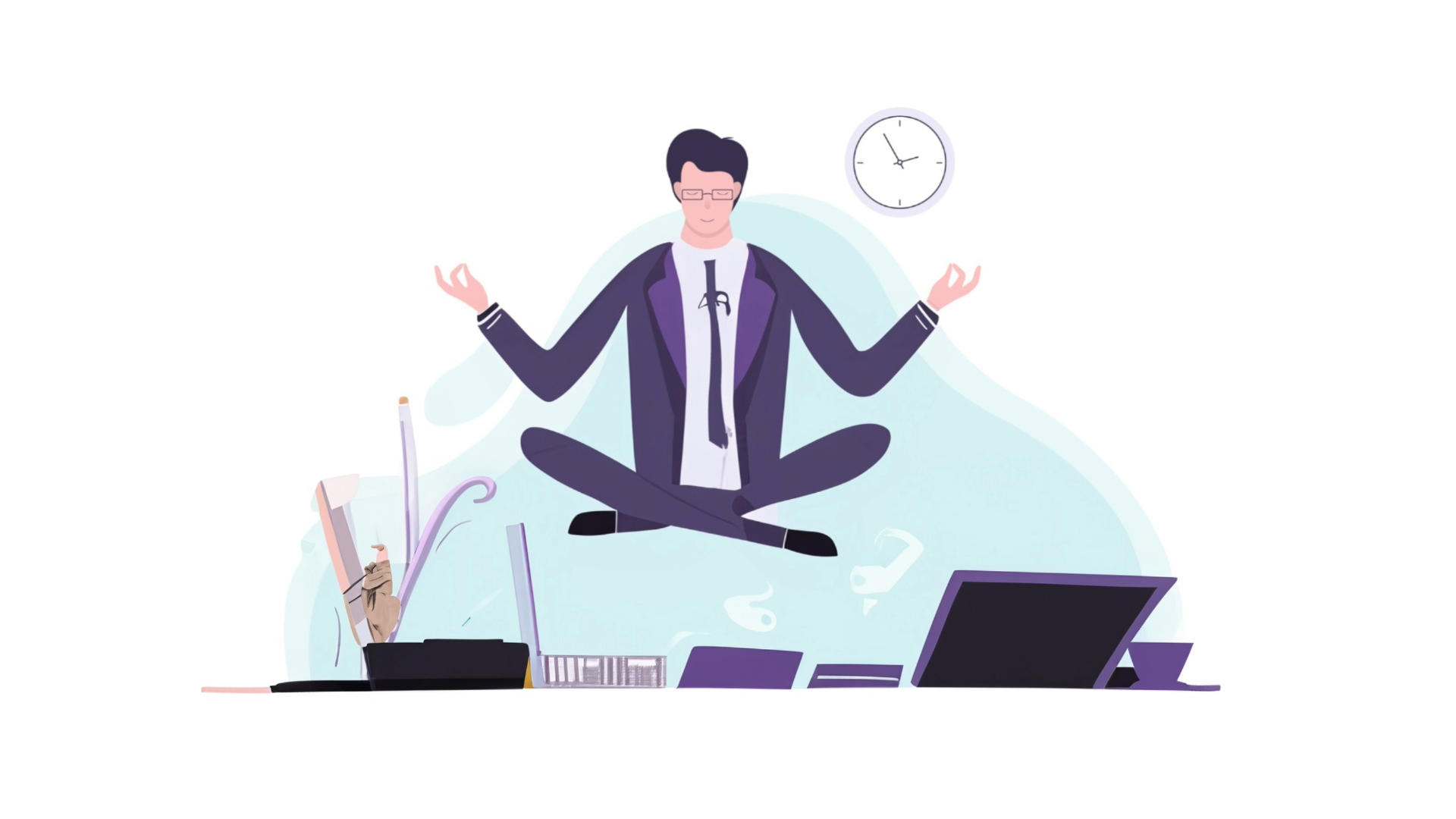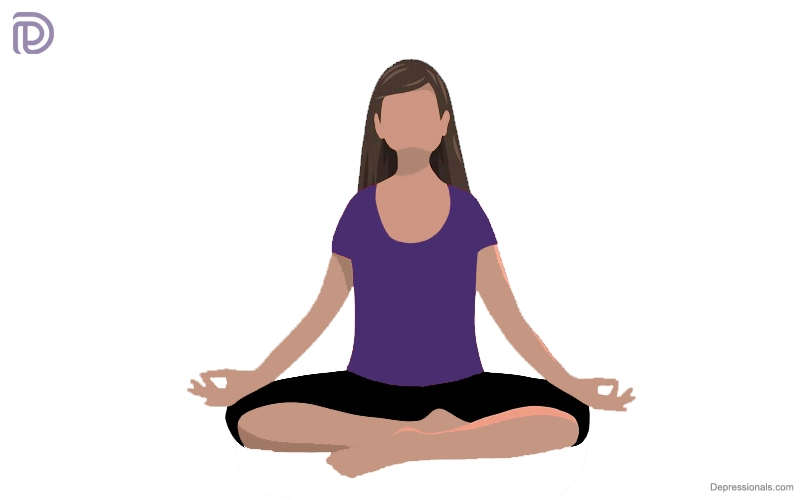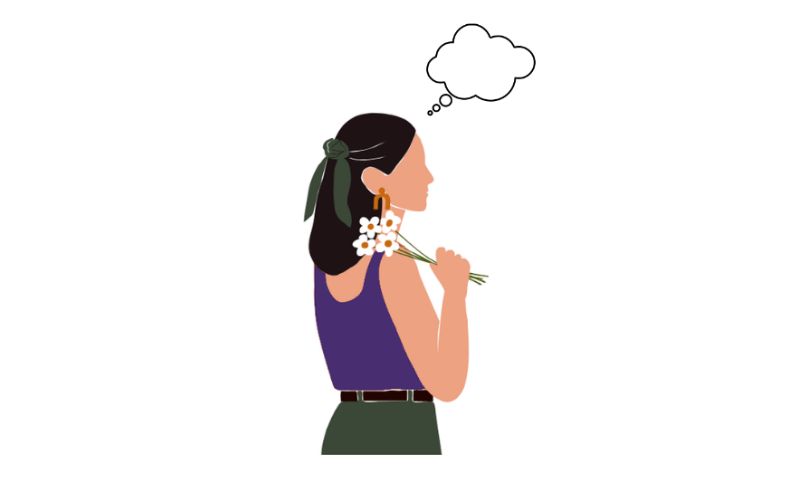Applied behavior analysis (ABA) involves teaching skills and fostering appropriate behaviors through reinforcement. The treatment is often considered the gold standard for autism.
A lot of people advocate applied behavior analysis because it is effective at teaching behaviors and skills to people with autism. The opposite view is that it pressures kids to conform to others’ ideas of what “normal” behavior looks like.
We discuss how ABA works along with its advantages and disadvantages in this article.
Read: Split-Brain Syndrome
What is ABA therapy?
In ABA therapy, desired behaviors are reinforced and undesirable behaviors are discouraged. In order to accomplish this, therapists use rewards to promote communication, language, and other aspects of skill development.
ABA therapy can take a variety of forms, depending on the patient’s age and goal. The methods used have evolved over the years since Ivar Lovaas developed it in the 1960s.
History
It was behavioral psychologist Ivar Lovaas who applied ABA for the first time to autism. According to him, children with autism can be taught social and behavioral skills.
When autistic behaviors were no longer apparent, it was assumed that the autism had been successfully treated. In his view, autism is a set of behavioral symptoms that can be modified or “extinguished.”
A few punishments, including electric shocks, were also used for non-compliance back then. ABA today doesn’t use punishments and is considered immoral.
A child may not receive a reward for properly responding to a command if the punishment is withholding rewards.
The “discreet trial training” method of Lovaas has been analyzed and modified over time by therapists. Nowadays, therapists aim to help patients live a full and independent life rather than cure autism. Therapy not only focuses on behavioral issues but also on social and emotional skills.
Read: Sensory Processing Disorder
Types of ABA strategies
Different ABA techniques may be used by therapists. Here are a few examples:
- Discrete trial training: Lavaas’s method breaks lessons down into simple steps. Positive reinforcement is applied for each task completed correctly.
- Early start denver model: This therapy aims to improve language, cognitive, and social skills for children aged 12 to 48 months through play and joint activities.
- Pivotal response training: Conversational skills, motivation to learn, and maintaining self-control are the main goals of the program.
- Early intensive behavioral intervention: The goal of this therapy is to reduce unwanted behavior in younger children under 5 years old and build positive behavior. Therapists work individually with the child.
Advantages and disadvantages of ABA
The effectiveness of ABA in helping people with autism to improve certain skills is recognized by many health professionals.
However, some parents and advocates of autism have criticized the therapy. The therapy does not show respect for the autistic individual, according to the concern.
Read: Learning Disorder
Advantages
The following benefits of ABA are cited by advocates:
- Studies show it develops behavioral skills. People with autism can learn skills through ABA therapy, according to studies. IQ and behavior of children were found to improve when using the Early Start Denver Model, according to one study. Children with autism were also less likely to suffer from severe symptoms.
- Simple as well as complex skills can be learned through ABA therapy. The rewards can be used to motivate children to brush their teeth properly or to share their toys with their friends.
- The book provides parents with strategies to teach their children at home. The ABA method provides a way to measure progress as well as a guide for parents. The parent can break up words into syllables in order to teach their children language.
- Clearly, autistic children can learn. Children with autism can demonstrate their ability to learn and modify their behaviors with the help of ABA. Some children need help sleeping through the night or making friends.
Read: Speech Disorder
Disadvantages
Critics claim that ABA therapy can still be too harsh for autistic individuals despite the fact that punishment is no longer part of it. Some criticisms of ABA include:
- The goal of ABA is to solve behavior problems. Rather than developing skills such as language, critics argue that therapists focus on eliminating problem behaviors.
- Therapy tries to normalize kids. Kids are also criticized for trying to act like everyone else. It may be dismissive of their own needs when parents tell their kids that their natural behaviors are wrong, such as flapping their hands.
- The lesson is limited. ABA does not focus on developing emotional skills. For example, children might be taught to shake hands through ABA. It won’t help the child feel emotionally connected to another person.
Therapy has changed over the years due to some of these concerns. For example, therapists who specialize in ABA focus on changing the behavior of the patient, rather than their feelings or thoughts. Rather than trying to “fix” individuals, the objective is to help them become independent.
Find: Mental Health Help in your Area
How ABA works
A discrete trial is a form of ABA therapy that begins with asking a child to do a particular behavior for a set period of time.
A reward is given to the child who complies. It is possible to reward the child with a food treat, a high five, or any other reward that has meaning for him or her. The trial is repeated if the child fails to comply and does not receive the reward.
The therapy is customized to the needs and abilities of each child. Consequently, an already competent sorter would not be required to sort shapes endlessly for rewards. The kind of challenge they would be looking for would be social or behavioral.
A modified version of ABA is used for infants and toddlers under 3 years of age, which is more like play therapy. Once children have practiced, therapists will take them into real-world settings where they will use the newly acquired skills.
Applied behavior analysis (ABA) is also useful for older children, teens, and even adults. There are also lots of therapists who employ ABA in natural settings such as playgrounds, cafeterias, and community settings. Thus, patients are able to apply the skills they learn to real-world scenarios more rapidly.
Read: Confabulation
Timeline of ABA therapy
Therapy session goals and length will be determined with the help of your therapist.
The therapist will begin the assessment by reviewing the patient’s medical history and past treatments. They will also interview the patient’s family members about their treatment goals. An initial session will also be observed by the therapist. Goals will be evaluated periodically.
There are a variety of settings in which ABA therapy can be done, such as the home, school, or inpatient programs. Patients’ parents will be taught how to support them in a variety of settings.
It depends on what your treatment goals are how many therapy hours you’ll need. Most people require 10 to 25 hours of ABA treatment per week. More hours may be necessary for more severe behaviors.
Applied behavior analysis therapy can cost up to $125 per hour if the therapist is certified. If your insurance covers the cost, check with them first. ABA therapy is required in some states.
An evaluation every few months helps determine how long a patient should continue receiving treatment. Usually, services will gradually decrease before the course of therapy ends.
Check: Hearing Voices or Auditory Hallucinations
When to stop ABA therapy
Council of Autism Service Providers recommends stopping ABA therapy in the following situations:
- The patient has achieved their program goals.
- They do not meet the autism criteria.
- Several periods have passed without any improvement in the patient’s condition.
- Important issues concerning the treatment plan cannot be resolved between the family and provider.
Some people with autism benefit from ABA, but it may not be right for everyone. If you need to transition to another treatment, speak with your doctor or therapist.
Overview
It has been demonstrated that ABA therapy can reinforce desired behaviors in children with autism. In some cases, people with autism complain that the program does not respect the person’s needs. Since the therapy began, the focus has shifted less towards curing autism and more toward helping people live independently.
Read: Capgras Syndrome
Our message
Applied behavior analysis (ABA) is certainly worth a trial, as it is the same for many approaches to autism. If your child’s therapist is not trained and doesn’t know where and how they will work with him, that could create problems. Set up measurable goals in conjunction with your therapist. Monitor your progress and outcomes closely.
Remember to pay attention to your child’s reactions to the therapist. What kind of reactions does your child show? How does your child react to the therapist? Does he or she show interest in the therapist? What skills are they learning that will help them in their daily lives?
Your steps are in the right direction if the answers to the questions are “yes.”. Otherwise, you should reevaluate.






I like the valuable information you provide in your articles. I will bookmark your blog and check again here regularly. I’m quite certain I’ll learn lots of new stuff right here! Best of luck for the next!